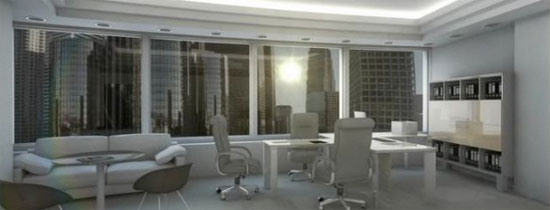At $50 to $100 per square foot, smart glass — glass that reacts to a brief charge to change color — is too big of a budget-buster for most home and business owners. For now, one of the most common uses of this technology called thermally insulating fenestration are used in auto-dimming mirrors in high-end cars.
But that’s about to change, writes Steven Ashley over at TXCHNOLOGIST.
…the technology is poised to move out of the Mercedes and into homes and businesses, where it could potentially save one-eighth of all the energy used by buildings in the U.S. if it replaced all the conventional windows in the country, according to researchers at the National Renewable Energy Laboratory (NREL) in Golden, Colo. That’s about 5 percent of the nation’s entire energy budget.
The reason that smart windows could soon become more common is that Sage Electrochromics will open the floodgates to more manufacturing capacity at its a new Faribault, Minn. plant next year, a move that ought to lower prices at the “oldest and largest domestic maker of smart glass.” Helen Sanders, VP of technical business development for the company lays out the reasoning. “Prices of dynamic windows should drop because they’re determined principally by manufacturing volumes; there’s nothing in the technology that’s inherently costly,” she says.
But Sage Electrochromics isn’t alone in opening up the market for smart windows. A host of startups like Soladigm and Switch Materials are also ramping up production as well. Head over to Steven Ashley’s post for more info on the innovations (and innovators) that are paving the way for cheaper, more energy efficient green buildings.
Image credit: Soladigm


Leave a Reply